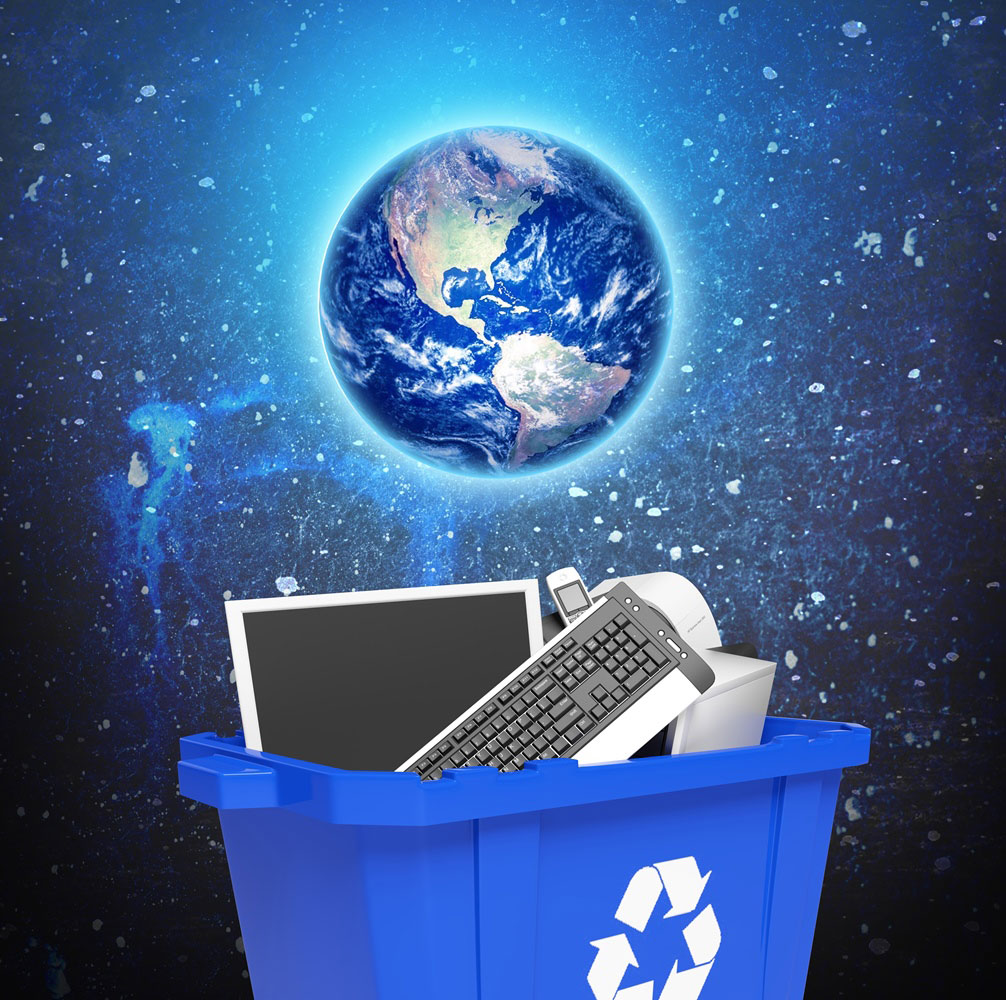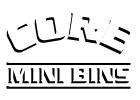Do you know what your Garbage Footprint is – Here’s How to Reduce

We all have a garbage footprint, just like the way we have a carbon footprint. For a lot of us, we may not know what our garbage footprint is nor how to measure it. I mean, there are so many different kinds of waste we create between work and home. Consider what you throw out on a daily basis. Consider the garbage that comes from your kitchen and bathroom. You may also have a garden. It all adds up to being quite a lot and usually, the average person may think the vast majority of this is largely unavoidable.
A recent study delving into the average Canadian family’s garbage bags found their waste divided into three unique categories. Approximately one third is organics, which are any food scraps, garden trimmings, and similarly organic material. Then, there’s one third paper products which includes newspaper, fine papers, packaging cardboard, and similar material. The remaining third is split between a range of different household products like metals, glass, plastics, clothes, furniture, electronics, tires, home renovation materials, household cleaners, pet hair, and more.
The average Canadian household produces roughly one ton of garbage per year. Now, if you were to include the amount of waste produced when we extract, manufacture, and transport everything we throw away, our garbage footprint grows to 18-20 tons per year. Needless to say, communities are producing a lot of garbage and most of this has to end up in our landfills, unfortunately.
Looking at ways to reduce one’s waste footprint, there are several things communities and households can do. Firstly, vast recycling programs that focus on reuse are important as that reduces what has to go to our landfills. Then, there’s limiting the materials we use and choosing multi-use products above single-use.
In Toronto, the blue box program has been very successful at procuring glass bottles, aluminum cans, plastic bottles, newspapers, and cardboard, and recycling these into new product. Then, there’s the gray box program which has been used to grab fine paper, junk mail, and flyers. The green bin used for biodegradables has also been successful at helping waste management companies sort through our waste and ensure only what needs to go to the landfill ends up there.
As evidenced, a lot of the leadership relating to reducing household waste production comes from the community. If regions like Toronto are able to implement programs that incentivize recycling, it’s more likely to be a reality.
There are many things that we cannot reduce waste on. A lot of our household organic waste comes from pieces of food we do not eat or lawn trimmings. Though we can eliminate some paper products, others we need. Things like clothes, carpets, shoes, bedding, furniture, electronics, drywall, lumber, flooring, pet hair, dust, household cleaners, paint products, hazardous products, and others are all things that we have, use, and/or cannot reduce in significant ways. As a recycling and waste management company in the GTA, we hope the City can continue to provide households the opportunity to reduce their garbage footprint.
Anyone interested in reducing waste and recycling more, please contact a representative at Core Mini Bins. We would love to speak with you and recommend some strategies or services which could help in controlling your household or commercial waste.


